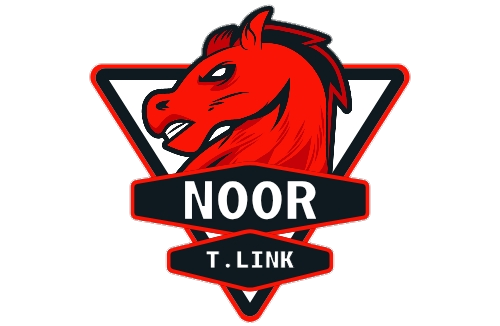A major breakthrough in blockchain interoperability is reshaping the way Bitcoin users engage with decentralized finance. The integration of Starknet with DotSwap now enables direct access to USDC stablecoins on the Bitcoin blockchain, bypassing the longstanding need for wrapped tokens or centralized bridges. This development marks a significant advancement for Bitcoin-based DeFi, removing historical technical and security hurdles while expanding functionality for Bitcoin holders.
Eliminating Cross-Chain Complexity
For years, Bitcoin was primarily regarded as a store of value, while Ethereum dominated the decentralized finance ecosystem. Users who wanted to access stablecoins like USDC typically had to migrate to Ethereum, which introduced additional friction, including high gas fees and exposure to cross-chain bridge vulnerabilities. The new system facilitated by Starknet and DotSwap changes this narrative by offering native access to USDC directly from the Bitcoin network.
Starknet, an Ethereum Layer 2 solution, provides scalability through zk-rollups—cryptographic proofs that allow data compression and verification without exposing security to risk. DotSwap, acting as a decentralized bridge, utilizes Starknet’s infrastructure to validate transactions between Bitcoin and Ethereum in a trustless manner. This setup enables Bitcoin users to interact with USDC without relying on third-party custodians or wrapping their BTC, reducing counterparty risk and preserving asset integrity.
Reinventing Bitcoin-Based Finance
The integration marks a shift in what is possible for DeFi on Bitcoin. Access to a stablecoin like USDC is considered foundational for engaging in core decentralized finance activities such as lending, borrowing, and trading. Until now, Bitcoin users lacked such direct capabilities. By allowing USDC functionality natively on Bitcoin, the system introduces a more secure and efficient DeFi experience. The solution maintains Bitcoin’s core principles of decentralization while expanding the utility of the network through interoperable financial tools.
This model significantly improves capital efficiency by removing the need for wrapped assets or the involvement of centralized exchanges. It also opens the door for Bitcoin-focused developers to create DeFi applications that leverage both the stability of USDC and the security of Bitcoin. Starknet’s cryptographic architecture ensures transactions are validated through on-chain proofs, further reinforcing system reliability.
Paving the Way for Broader Adoption
Industry observers view this initiative not as a standalone technical feature but as a foundational change in blockchain interoperability. The framework enables new opportunities for developers aiming to build decentralized exchanges, lending markets, or other financial products on Bitcoin. By merging Bitcoin’s network integrity with the programmability of Starknet, the infrastructure unlocks a new frontier of blockchain applications.
As more liquidity flows into this ecosystem, a second wave of innovation in Bitcoin DeFi is anticipated. Developers are expected to take advantage of these tools to craft new products that were previously limited by the lack of infrastructure. For Bitcoin holders seeking yield, DeFi users wary of bridge risks, and builders looking for untapped potential, this development presents a new value proposition.
A Milestone for Interoperable Blockchain Finance
The collaboration between Starknet and DotSwap demonstrates a growing trend toward safer, more seamless interoperability across blockchain ecosystems. By enabling direct, decentralized access to USDC from the Bitcoin network, this integration addresses long-standing challenges and significantly lowers the barrier to entry for DeFi participation.
With this new model in place, Bitcoiners gain access to stablecoin-based finance without sacrificing security or decentralization. As adoption increases and developer interest grows, this initiative could serve as a blueprint for future cross-chain financial systems. The move marks a pivotal moment in the evolution of decentralized finance, expanding the capabilities of Bitcoin beyond a store of value into a robust, multi-chain economic platform.



